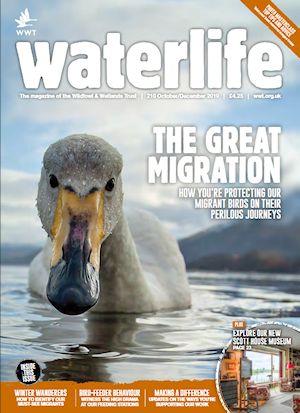| The following wildfowl, amongst others, can be found in the Asia Zone at WWT Slimbridge, click image for information: - |
| |
|
 |
|
|
|
 Baer's Pochard Baer's Pochard |
| The Baer’s Pochard is a diving duck and is a close relative of the Ferruginous Duck. |
| |
|
 |
|
|
|
|
|
 Bar-Headed Goose Bar-Headed Goose |
| |
|
| The Bar Headed Goose flies extremely high and is able to navigate the Himalayas during migration. |
| |
|
 |
|
|
|
|
|
 Falcated Duck Falcated Duck |
| |
|
| Named for the sickle-shaped, black and white inner wing feathers of the male said to resemble a falcons beak.
Hunted in China for these feathers and also as food. |
| |
|
 |
|
|
|
|
|
 Philippine Duck Philippine Duck |
| |
|
| Uses a variety of wetlands, including wallows made by Water Buffalo.
Its existance is threatened by destruction of its habitat, use of pesticides and over hunting. |
| |
|
 |
|
|
|
|
|
 Red-Crested Pochard Red-Crested Pochard |
| |
|
| The only wildfowl where the male presents food to the female during courtship.
The males make a sneeze-like sound during courtship. |
| |
 |
| |
|
 |
|
|
|
|
|
 Ruddy Shelduck Ruddy Shelduck |
| |
|
| Sacred in India where their saffron plumage is reminiscent of a holy man's robe.
They live more inland than most shelducks and up to altitudes of 5000m in mountains. |
| |
|
 |
|
|
|
|
|
 Spot-Billed Duck Spot-Billed Duck |
| |
|
| Breeds in inland marshes but winters on the coast.
Has a World population of a million birds. |
| |
|
 |
|
|
|
|
|
 White-Headed Duck White-Headed Duck |
| |
|
| Due to 50% destruction of its breeding habitat, hunting, lead poisoning and hybridisation with the introduced Ruddy Duck, its survival is threatened. |
| |
 |
| |
|
 |
|
|
|
|
|
 White-Winged Duck White-Winged Duck |
| |
|
| The White-Winged Duck is one of the largest and heaviest species of duck only surpassed by the steamer ducks. |
| |

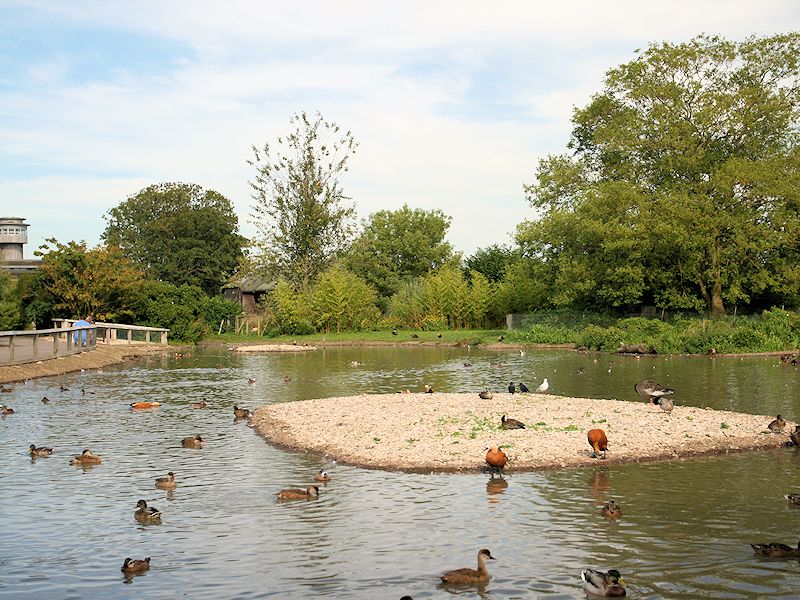
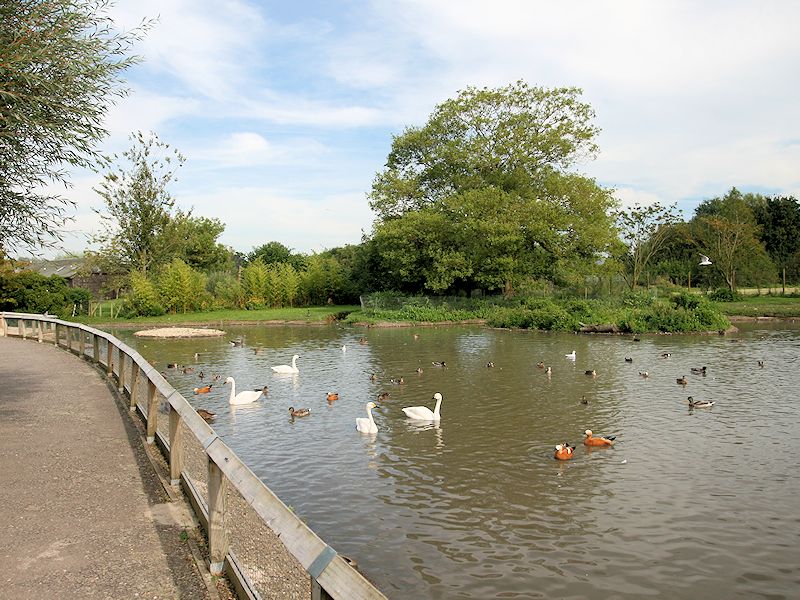
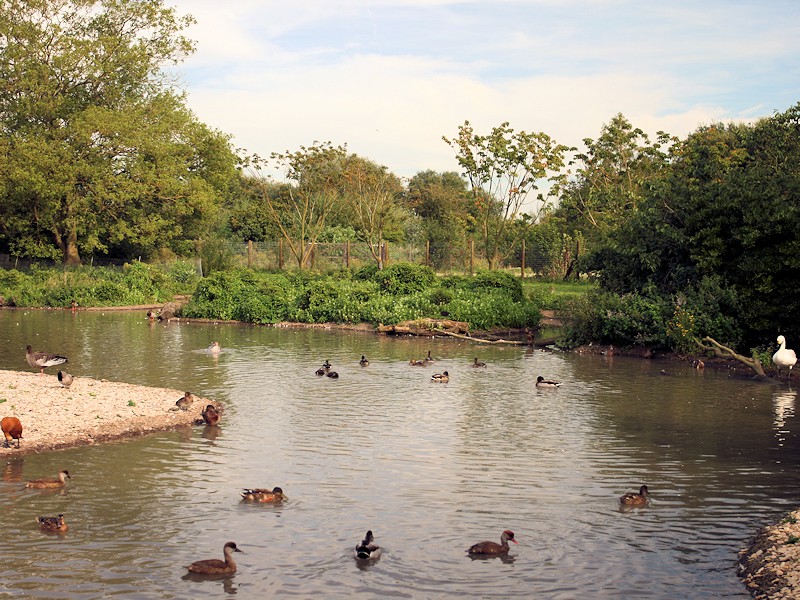
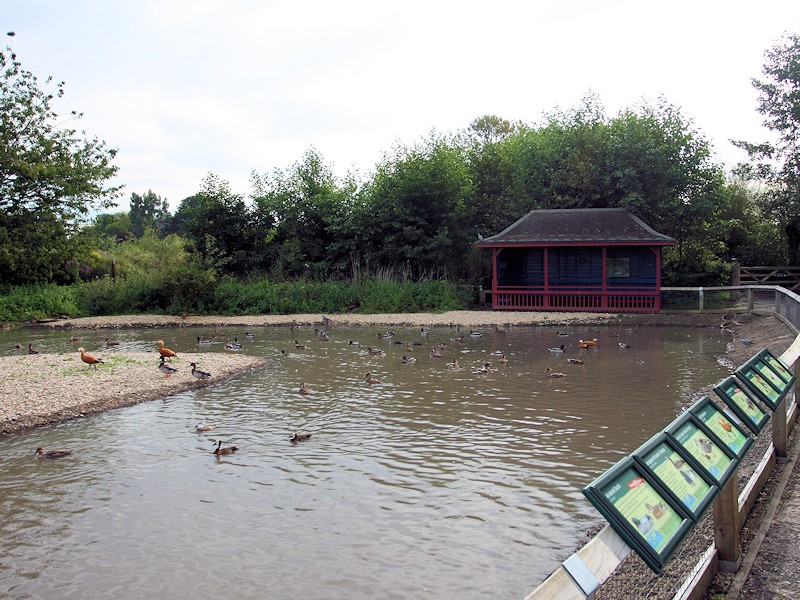

 Baer's Pochard
Baer's Pochard
 Bar-Headed Goose
Bar-Headed Goose
 Falcated Duck
Falcated Duck
 Philippine Duck
Philippine Duck
 Red-Crested Pochard
Red-Crested Pochard

 Ruddy Shelduck
Ruddy Shelduck
 Spot-Billed Duck
Spot-Billed Duck
 White-Headed Duck
White-Headed Duck

 White-Winged Duck
White-Winged Duck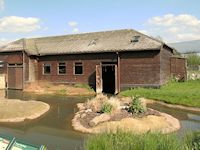

 Andean & Lesser Flamingos
Andean & Lesser Flamingos Arctic Adventure
Arctic Adventure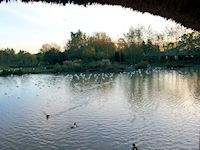

 Back From The Brink
Back From The Brink Caribbean Flamingos
Caribbean Flamingos

 Eider Lake
Eider Lake Flamingo Lagoon
Flamingo Lagoon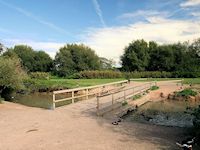

 Geese of the World
Geese of the World Mission Possible
Mission Possible
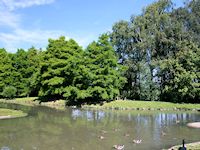
 Living Wetland Theatre
Living Wetland Theatre North America Zone
North America Zone
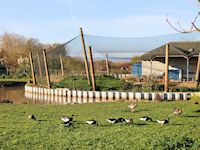
 Otter Pool Zone
Otter Pool Zone Screamers Zone
Screamers Zone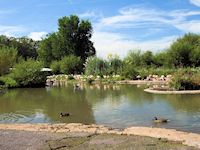
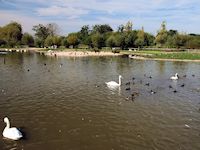
 South America Zone
South America Zone Swan Lake Zone
Swan Lake Zone

 Waterscapes Aviary
Waterscapes Aviary Estuary Shoreline
Estuary Shoreline